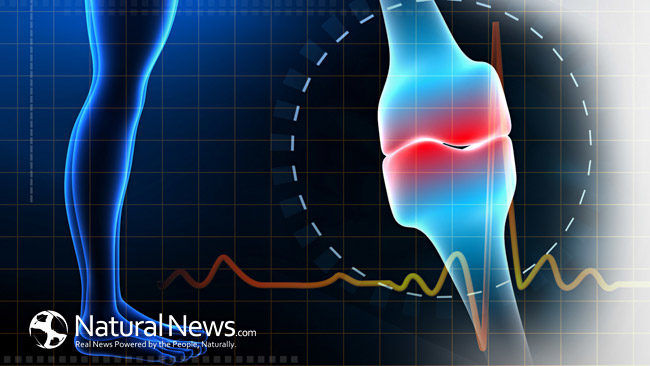- Exercise and Bones
It is a well-known fact that exercise and weight loss make you both look and feel better. Another bit of common knowledge is that to lose weight, control your diet, and exercise regularly gives you a healthier heart.
In addition to the previously mentioned benefits of proper diet and exercise are several other very specific health benefits of having a regular exercise and weight loss program.
One additional health benefits of exercise and weight loss activities is guarding against osteoporosis, the disease that makes the bones weak and brittle with age (1).
Weight-bearing activities like walking, elliptical machine, and jogging, have been shown to strengthen the skeletal system and lower the risk of the development of this very debilitating disease.
The primary reason for this is that exercises that force the body to bear weight make the bones denser over time as opposed to a sedentary lifestyle, in which the bones get weaker and more brittle due to a lack of force placed against them.
In women, the low estrogen levels that often accompany menopause and/or very sporadic menstruation make the problem even worse as the bones lose a lot of their mineral content and weaken accordingly.
In addition, such activities that many take part in to either lose weight or maintain an already healthy body composition have also been shown to aid in preventing further development of the disease for those who have already been diagnosed and have received clearance from their doctor.
- Calcium and bones
So, in addition to exercise and hormonal factors, a woman’s diet is extremely important in guarding off this very debilitating condition.
One of the reason why we do not recommend most traditional diet plans and programs is because the over-restrictive eating guidelines often eliminate or seriously limit the consumption of some very necessary vitamins and minerals that keep the body healthy and strong.
The most important time to get an appropriate amount of calcium is between the ages of 14 and 24, when peak bone mass is obtained. Then after that bone continues to develop until about age 35 to 40, at which time the bone mass that a woman has will strongly determine how much at risk she may be for bone fractures in her later years.
The National Institutes of Health (NIH) recommends that women intake 1,000 mg (1g) of calcium daily, and then increase their daily dosage to 1,500 mg (1.5g) post menopause (2).
Sadly, only an estimated 25% of women in any age group consume the recommended daily amount of calcium to guard against osteoporosis. And when they go on diets and weight loss programs, they tend to consume even less. The best sources of easily assimilated calcium are raw milk and bone broth.
- Iron and Bones
Finally, one of the biggest weaknesses of the traditional commercial diet is the lack of iron that exists in its stringent and often excessively limited eating guidelines (3). In order to lose weight, many unsuspecting women get bamboozled into taking part in weight loss programs that cut out many of the nutrients that they need. Iron is one of the primary casualties of such diets and weight loss plans.
The plot thickens for women in particular due to the fact that their bodies regularly lose iron during menstruation. Therefore, eating a low-calorie, low-iron diet in an effort to lose weight only makes the problem more severe.
It is generally suggested that women supplement their diets with an iron supplement such as either Ferrofood or Iron-Fe Max from Standard Process. This is particularly important during periods of heavy exercise and training that are typical aspects of any weight loss program or general effort to lose weight even when a special program is not in use.
One thing to be on guard for, however, is excessive iron supplementation by iron-deficient (non-anemic) women. There is a disorder known as hemosiderosis which results from large deposits of iron made in the liver that causes a glitch in the proper metabolism of the iron itself. Avoiding prolonged large doses will eliminate the risk of this particular disorder. Supervision by a trained and experienced holistic doctor is recommended.
Below are a few recommendations from the American Council on Exercise (ACE) that will help you to make sure you get the adequate amount of iron intake in your daily diet, whether on a program to lose weight or not:
Eat foods with a high vitamin C content with all meals. Vitamin C aids in the absorption of iron. (examples: salsa; chili peppers; oranges)
Include dark meat chick and/or turkey in the training diet. Both of these are rich in iron.
Vegetable proteins such as split pea soup or chili beans with lean meat help the iron in those meats to properly absorb
- https://www.niams.nih.gov/health_info/bone/Bone_Health/Exercise/default.asp
- https://ods.od.nih.gov/factsheets/Calcium-HealthProfessional/
- https://www.ncbi.nlm.nih.gov/pmc/articles/PMC4425147/





